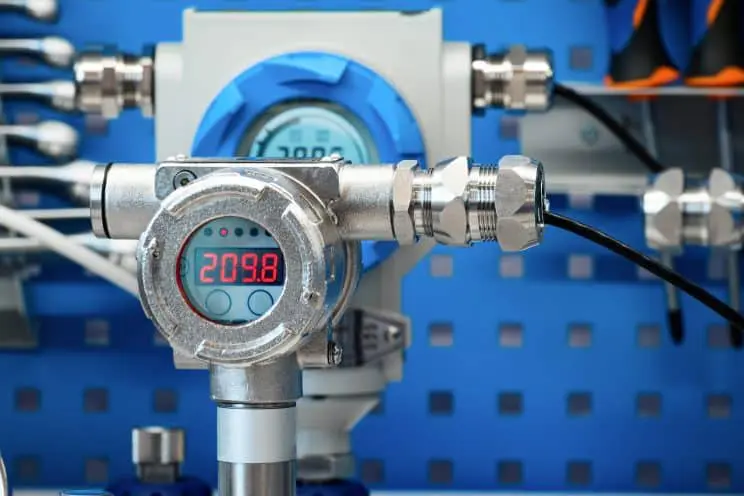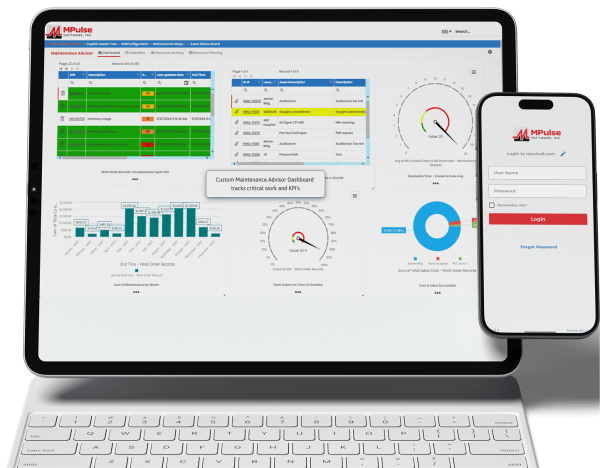Generally, we assume that preventive maintenance (PM) is a good thing and it will prevent downtime.
Of course, that’s true. But, like anything, sometimes it’s more complicated.
The first step of a proactive maintenance program is scheduling PMs based on time or usage. Think of your car—change the oil every X months or X,000 miles.
CMMS software excels at scheduling PMs. However, it also helps with something else—gathering data. That data also can help maintenance teams take the next step in proactive maintenance—condition-based maintenance.
Table of Contents
What is Condition-Based Maintenance?
Condition-based maintenance is exactly what it sounds like. Maintenance is scheduled based on an asset’s condition.
MPulse Condition-Based Maintenance (CBM) feature keeps tabs on the actual state of your critical assets by recording the output of any meters and gauges on that asset. When an asset’s condition changes outside of specified ranges, MPulse lets you know immediately, so you can react before breakdowns happen.
Maintenance teams can use CBM information to proactively perform maintenance, as well as even predict asset failures. MPulse CBM includes…
- The ability to monitor multiple meters (e.g., revolutions, psi, hours) on a single asset
- The ability to specify multiple conditions, triggers, and responses
- Automatic work order generation based on specified triggers
- Data analysis tools to identify potential problems
How Can Condition-Based Maintenance Help Me?
MPulse’s Condition-Based Maintenance feature to keep tabs on critical assets by recording data from sensors on your assets.
You can take manual readings and enter them in MPulse as frequently as you like to evaluate the condition over time or relative to a target level. But you can take it to the next level and connect your assets to a real-time data feed that eliminates manual input and dramatically improves results. (We can recommend low-cost meters and programmable logic controllers (PLCs) and help you connect them to MPulse.)
MPulse CBM records all kinds of data, including…
- Temperature, including infrared readings and thermal imaging.
- Pressure on equipment with piping or water systems.
- Oil and lubricant viscosity
That’ll make it easier to identify problems before they happen. And preventing outages is always a good thing in this profession.
Maintenance based on the true conditions of assets can help save money in…
- Parts and material costs
- Labor costs
- Transportation costs
- Environmental impact
Then you can reallocate those funds to other areas.
Time-based preventive maintenance strategies are a standard in our field. But condition-based maintenance can reveal different—and sometimes better—ways to do things. Learn more. Contact us.
[related-content]






